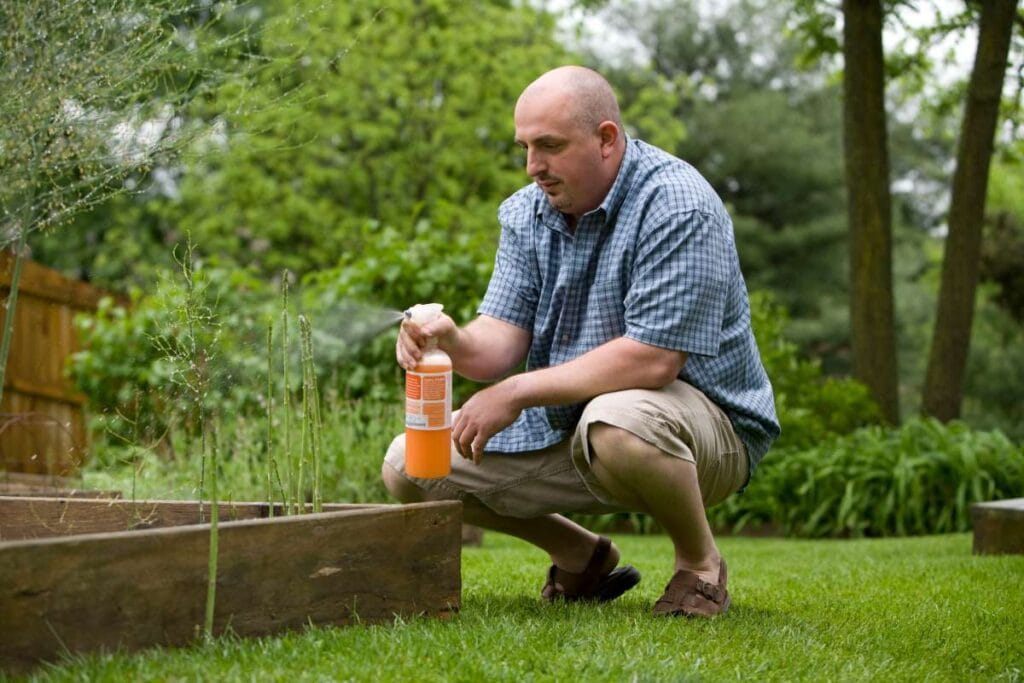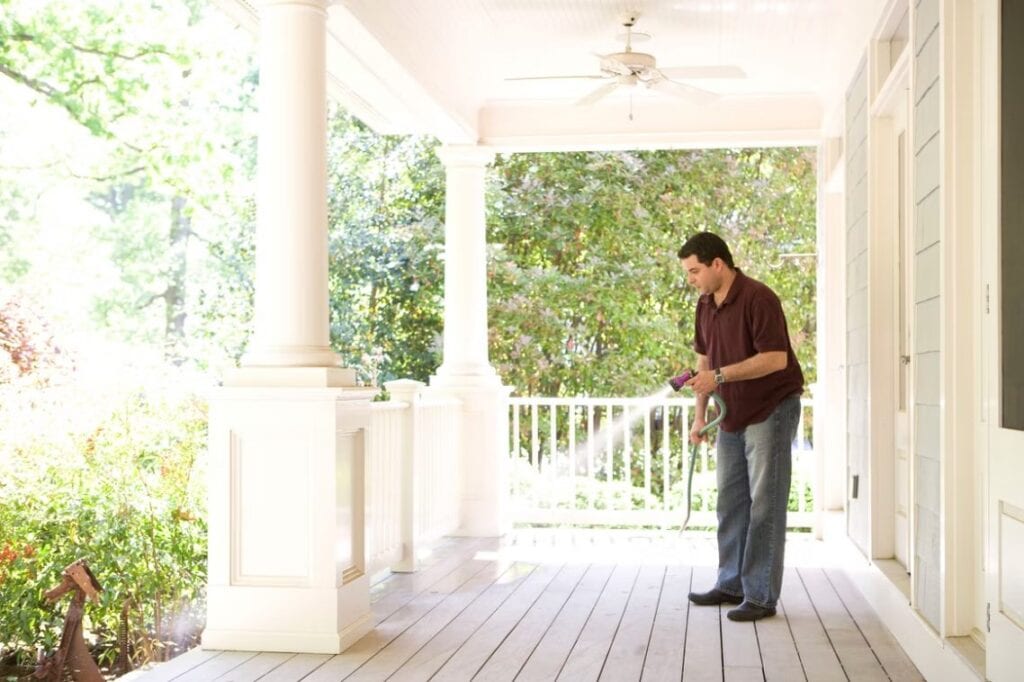Is it true that Venetian plaster may be used on any surface? If you are looking to give your home or business a more elegant feel, Venetian plaster is a terrific option to investigate. But what kinds of materials work well with this lavish coating? Come with us as we investigate the many uses of Venetian plaster.
For this reason, Venetian plaster is a highly versatile material for interior decoration. Venetian plaster can attach to multiple substrates and create a seamless, polished effect, from typical drywall to uncommon materials like wood, stone, and even metal. One of the reasons decorators use it so widely and homeowners is that it can be applied to so many different kinds of surfaces, turning them into canvases for unlimited creative expression.
These well-known applications are, however, simply the beginning of what Venetian plaster can do. John Smith, a well-respected interior designer and plaster expert, is consulted to realise its full potential. John is a master of Venetian plaster who has extended the medium beyond its traditional uses thanks to his years of experience to the craft.
In our future piece, we will explore his sage guidance and learn the little-known secrets of Venetian plaster.
Explore the world of Venetian plaster with us and learn how this magnificent decorative technique can be applied to various surfaces.
Venetian plaster can add character to any room by creating distinctive textures on ceilings and accent walls or by transforming regular pieces of furniture into show-stopping centrepieces.
With John Smith as our guide, we'll check out some unexpected places you might not have thought this beautiful coating would work.
Don't miss this chance to master Venetian plaster and use your creativity to transform ordinary spaces into works of art. Listen here to hear John Smith's professional advise on how to transform your spaces into pieces of art. Prepare to embark on this fascinating adventure and see how Venetian plaster may be used to modify surfaces in ways you never thought imaginable.
What Exactly Is Venetian Plaster?

Originally developed in Venice, Italy, Venetian plaster is a decorative coating for interior walls and ceilings.
"Stucco Veneziano" is another name for this material, as is "marble plaster." Often imitating the feel of marble or limestone, Venetian plaster has earned a reputation for luxury and refinement.
Marble dust was traditionally combined with slaked lime to make the plaster used in traditional Venetian construction, known as "armouring." This combination took several thin coats to reach the proper thickness and gloss.
After letting the previous coat dry, the next one was troweled on.
Acrylics, resins, or synthetic binders are only some of the modern additions that can improve Venetian plaster's durability, workability, and flexibility. Craftspeople and homemakers now have more design freedom because of this expansion of colour and finish options.
Skill and precision are required for the application of Venetian plaster. Plaster is burnished in a smooth, circular motion to create a glossy, marble-like effect after being spread with a trowel in thin, overlapping layers.
The burnishing process adds a subtle sheen and depth to the finish, improving its visual appeal and tactile feel.
A smooth and shiny surface, a textured and rustic look, or the appearance of old and weathered walls are some of the aesthetic effects that may be achieved using Venetian plaster. It's a popular choice for upscale homes and businesses because of its classic appeal.
The smooth and polished nature of Venetian plaster leaves no room for pests to hide or infiltrate. When applied to drywall and plasterboard surfaces, it eliminates cracks and gaps, closing off potential entry points for pests.
Concrete and masonry surfaces, when adorned with Venetian plaster, create a solid defense against pests, as they seal off any cracks or crevices that may serve as access routes. Even wood surfaces can benefit from the application of Venetian plaster, as it acts as an additional layer of protection against wood-boring insects, such as termites. By choosing Venetian plaster for your home, you not only enjoy a visually captivating environment but also establish a fortified barrier against pests, ensuring a pest-free and aesthetically pleasing living space.
How To Venetian Plaster Walls?
The smooth, ornamental finishes on walls and ceilings can be attributed to Venetian plaster, a plaster developed in Italy.
Venetian plaster is put in several thin layers, each of which is allowed to cure before the next is applied, as opposed to the typical method of applying wet plaster and then letting it dry.
A considerably finer and more polished surface is the result of this procedure.
Further, Venetian plaster can be coloured to provide various hues and finishes. If placed properly, Venetian plaster can last for decades with only occasional retouching.
Think somethings to consider if you want to decorate your home with Venetian plaster. To begin, Venetian plaster application can be time-consuming and labour-intensive because it is poured in thin layers. Second, get a professional contractor who has previously worked with this particular plaster.
Finally, the entire procedure can take many days or even weeks to complete because each coat of Venetian plaster must be allowed to dry entirely before proceeding to the next. Venetian plaster is time-consuming, but the end effect is typically well worth it.
Prepare The Room
Before applying Venetian plaster, the surface must be prepared. The area must be as clear as possible, and a drop cloth must be laid out to catch any falling plaster. Venetian plaster can finish most flat, smooth surfaces, including walls and ceilings.
Patch up any damage and sand it smoothly before applying paint. To get rid of grime and grease, use a gentle detergent. After applying a flat paint or primer, Venetian plaster can be applied. After the area has been thoroughly prepared and cleaned, plastering can begin.
Apply The First Coat
If you want a seamless result, it's best to begin in 1 corner and work your way out to the others. Plastering with trowels or knives is easier on you and the wall if you maintain a consistent distance from the surface you're working on. Use caution when spreading to avoid creating creases that will become apparent when the product has dried.
Apply The Second Coat
The first coat of Venetian plaster must dry before the second can be applied. Then, use the same colour plaster, a trowel or a drywall knife held at an angle of 60 to 90 degrees and overlapping (X-shaped) long and short strokes to apply a second, thinner coat. Cover the area completely, smoothing out any bumps or voids. Wait at least a day after finishing the plaster for the final touch to be applied. This is the best idea to bring out the beauty of Venetian plaster.
Apply A Top Coat
Plaster walls may benefit from an additional layer of paint, but this is not always essential.
A top coat can shield the plaster from deterioration caused by excessive humidity or heavy foot activity. If you're using a certain plaster brand, get a topcoat made for that particular brand.
The topcoat can be applied with a trowel as soon as the plaster has dried. Remember that the plaster's tint may change somewhat after applying a finish coat.
Maintain The Venetian Plaster
The Italians invented Venetian plaster, a decorative wall covering. It's a polished plaster that can be made to look matte or glossy, depending on how it's applied. Although Venetian plaster is simple to work with, it needs regular attention to keep its shiny finish looking great. Some advice on maintaining your Venetian plaster:
Dust Regularly With A Dry, Soft Cloth
Careful consideration of your cleaning agents is essential when working with plaster. Plaster's surface is easily scratched, so it's better to avoid using cleaning products that contain harsh chemicals or abrasives. Instead, use a moderate soap and water solution to remove any stains that have developed on the plaster.
Put some mild dish soap and water in a bucket or other suitable container to scrub the discoloured plaster. Make sure the soap is designed to be mild on surfaces. Wring out any extra liquid from a soft cloth or sponge that you've dipped into the solution.
Be careful not to soak the towel or sponge to the point of saturation since this might cause water to seep into the plaster and weaken it.
Rub the stained plaster areas with a damp cloth or sponge gently. To safely remove stains, apply gentle pressure and scrub in circular strokes. Scrubbing too harshly might damage the surface's delicate polish, leaving unsightly blemishes.
It is essential to rinse the plaster thoroughly after cleaning to get rid of any cleaning solution residue. Ensure all traces of soap are gone before wiping the surface down with plain water. Keep the plaster cool at this stage. After the plaster has been washed and rinsed, let it dry in the air. Plaster can fracture or distort if subjected to extreme heat or direct sunshine to hasten to dry.
If you follow these steps and use care, you may clean stained plaster without damaging its delicate polish or shortening its longevity. However, remember that being careful is essential to preserve the look and durability of your plaster surfaces.
Tips for Maintaining Venetian Plaster Walls
Here are five of our best recommendations for keeping your Venetian plaster walls in pristine condition:
Check The Finish
Typically, once a wall has been plastered, it will be sealed with a specific wax by Venetian plaster professionals.
Because of this, they are watertight and more resistant to dirt and filth. Maintaining a polished plaster wall is also considerably easier daily.
You should first see if a wax seal has been put on your Venetian-plastered walls before you begin cleaning them. Your polished plaster expert can give you guidance on this matter. If the plaster has been sealed, cleaning it alone shouldn't be too difficult.
If it still needs to, or if it's been a while since the protective wax coating was put in, test a small area first. A Venetian plaster professional should be consulted if the result could be more satisfactory.
Clean Gently
Polished plaster should only be cleaned with water or mild soap.
To preserve the marble-like finish, harsh cleaning products should be avoided at all costs. However, there may be times when stain removal is necessary.
Keep in mind that polished plaster is strong but fragile.
Therefore, take care when cleaning. A cotton towel is preferable for wet wiping, while a microfiber cloth works well for dusting. The shine of the finish can be brought back using either method.
Follow The Right Cleaning Procedure
When picking cleaning supplies, stick to those that won't scratch the surface.
The shiny finish could get scratched by something rough.
Soak a cloth in warm water, then apply a tiny amount of mild soap (preferably one that doesn't include bleach) to the cloth.
To clean the walls, start at one corner and work your way around.
The majority of the dirt will be washed away. Use a bleach-free wipe to rub away any very tenacious spots gently.
Dry Thoroughly
Although Venetian plaster is watertight, the surface is not recommended to be left damp for any time. Once the dust and grime have been removed, wipe the wall down with a dry, soft, nonabrasive cloth. Repeatedly, move in soft, circular motions. This will aid in bringing back the plaster's lustre. Take your time and ensure no watermarks or smudges are left on the walls.
Tackle Repairs Carefully

Even though polished Venetian plaster is extremely sturdy, it is nonetheless susceptible to damage from normal wear and tear. The good news is that it is simple to fix when polished plaster is laid in layers. This implies that restoring the wall's smooth appearance is simple and does not necessitate re-plastering the entire surface.
But a word of caution. Even if the damage is minor, it's best to have professional Venetian plaster contractors fix it. They are well-versed in the methods necessary to restore your wall's polished plaster to its original, beautiful condition.
Conclusion
Venetian plaster is an excellent choice for interior design because of its adaptability and ability to adhere to a wide variety of surfaces while still producing a smooth, professional finish.
To bring out its full potential, we enlist the help of John Smith, a renowned interior designer and plaster expert.
The use of Venetian plaster to create unique textures on ceilings and accent walls or to transform ordinary furniture into eye-catching focal points is a great way to give a room personality. John Smith is a Venetian plastering master who, through his years of practise, has expanded the medium beyond its conventional applications. The timeless quality of Venetian plaster makes it a prefered choice for high-end buildings.
When applied in thin layers and given time to cure between coats, the result is a smoother, more refined surface. It may be dyed to create a wide range of colours and textures, and it can remain looking great for decades if installed properly.
Since applying Venetian plaster takes so much time and effort, it's better to hire a professional contractor with experience in the field. Putting down a drop cloth to capture any stray Venetian plaster dust is an important step in getting the room ready for the plastering process.
When using Venetian plaster, allow the first layer to dry before applying the second, then finish with a top coat as soon as the plaster is dry.
Regular care, such as dusting with a dry, soft cloth and cleaning with a light soap and water solution to remove stains, is required to keep Venetian plaster in good condition. The Italians developed a polished plaster called Venetian plaster that can be either matte or glossy, depending on the technique used to apply it.
Content Summary
- Venetian plaster is a versatile material for interior decoration.
- It can be applied to various surfaces, including drywall, wood, stone, and metal.
- Venetian plaster can turn surfaces into canvases for creative expression.
- John Smith, an experienced interior designer, has extended the use of Venetian plaster.
- Venetian plaster can add character to any room and transform furniture.
- Venetian plaster imitates the feel of marble or limestone.
- Traditional Venetian plaster was made with marble dust and slaked lime.
- Modern variations of Venetian plaster include acrylics, resins, and synthetic binders.
- Skill and precision are required for applying Venetian plaster.
- Burnishing the plaster creates a glossy, marble-like effect.
- Venetian plaster offers a variety of aesthetic effects, from smooth and shiny to textured and rustic.
- It is a popular choice for upscale homes and businesses.
- Venetian plaster is applied in several thin layers, allowing each to dry before the next.
- The process of applying Venetian plaster can be time-consuming and labour-intensive.
- Hiring a professional contractor with experience in Venetian plaster is recommended.
- The room must be prepared before applying Venetian plaster.
- The first coat of Venetian plaster is applied with trowels or knives.
- The second coat is applied with long and short strokes in an overlapping pattern.
- After finishing the plaster, a top coat can be applied for added protection.
- Regular maintenance is required to keep Venetian plaster looking great.
- Dusting with a dry, soft cloth is recommended.
- Cleaning agents with harsh chemicals or abrasives should be avoided.
- Mild soap and water can be used for stain removal.
- The surface should be rinsed thoroughly after cleaning.
- Checking if a wax seal has been applied is important before cleaning Venetian plaster walls.
- Only water or mild soap should be used for cleaning.
- The right cleaning procedure involves using gentle cleaning supplies and circular motions.
- Venetian plaster should be dried thoroughly to maintain its lustre.
- Repairs to Venetian plaster should be done carefully by professionals.
- Professional Venetian plaster contractors can restore damaged walls to their original condition.
FAQS About Venetian Plaster
If you’re considering a Venetian plaster finish for your home, you may wonder if it’s more affordable than traditional tile. The answer to this question depends on several factors, including the size of the area to be covered and the type of plaster used. Generally speaking, Venetian plaster is more expensive than tile but can also last longer and provide a unique look. When comparing costs, it’s important to consider the long-term investment and the initial cost. Venetian plaster may be more expensive upfront, but it could be cheaper in the long run.
Unlike traditional plaster, Venetian plaster is made from a mixture of marble dust and lime putty. This gives it a smooth, elegant finish that can be easily wipe-down or washable. However, because it is made from natural materials, it is also subject to staining and fading over time. Therefore, to help protect your investment, it is important to seal Venetian plaster after it has been applied. There are a variety of sealers on the market, so be sure to choose one compatible with the plaster you have used. Applying a sealer will not only help to prolong the life of your plaster, but it will also make it easier to clean and maintain.
Venetian plaster is a popular wall finish that can give your home a stylish, old-world look. However, it’s also relatively fragile and can be easily damaged. If you need to repair a Venetian plaster wall, the good news is that it’s a relatively simple process:
- Use a putty knife to remove loose plaster from the affected area.
- Use fine-grit sandpaper to smooth out the edges of the hole.
- Mix up a small batch of Venetian plaster according to the manufacturer’s instructions. Once mixed, apply the plaster to the hole with a putty knife or trowel, and smooth it out as you go.
- Allow the plaster to dry for 24 hours before painting or sealing it.
You can easily repair any damage to your Venetian plaster walls with just a little effort.
You can apply Venetian plaster over drywall, but you must apply a skim coat first. This means applying a layer of drywall compound over the entire surface and then sanding it smooth. Remember that this will add an extra step to the process but will create a smooth surface for the Venetian plaster to be applied. Once the skim coat is dry, apply the plaster in thin layers. As you work, smooth out any bubbles or bumps that may appear. Once the final layer is dry, you can polish it to a high shine for a stunning finish.
Venetian plaster is a type of wall finish that can create various looks, from smooth and polished to textured and rustic. It’s perfect for faux-finishing because it can be applied in thin layers to mimic other surfaces, like stone or concrete. Plus, it’s easy to work with and relatively inexpensive.





















